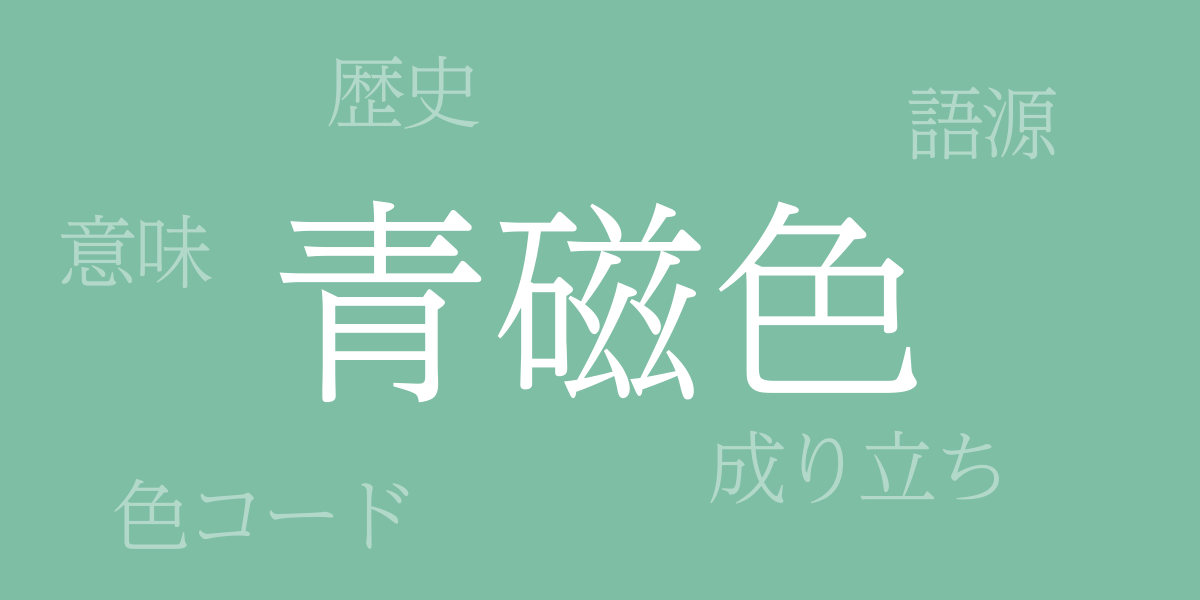Celadon (青磁色(せいじいろ)) carries the calm beauty reminiscent of ancient Japan enveloped by a quiet breeze. This color breathes with Japan’s history. This article explores the allure of Celadon, delving into its history, color codes, and its global nomenclature. By understanding Celadon, one of Japan’s traditional colors, we aim to provide a deep appreciation of the color’s meaning and sensibility.
About Celadon (青磁色(せいじいろ))
Celadon (青磁色(せいじいろ)), true to its name derived from the Celadon pottery, features a unique bluish-green tint reminiscent of nature’s lush greens, offering tranquility and a sense of cleanliness to its viewers. Positioned between blue and green, this color is widely used not only in traditional Japanese spaces but also in modern design. Celadon finds its place in interior design, fashion, and graphic design, proving its versatility across various contexts.
History of Celadon
The history of Celadon dates back to China’s Song dynasty. Originating in China, Celadon pottery soon crossed the seas to Japan where it became especially valued within the tea ceremony culture, frequently used in teaware. Over time, incorporating unique Japanese sensibilities, Celadon established itself as a traditional color, blending seamlessly into the Japanese lifestyle. Today, this historic color is embraced in digital and design fields as well.
Color Code of Celadon
For digital design and web applications, the following color codes provide accurate representation of Celadon:
- HEX: #7EBEA5
- RGB: R:126 G:190 B:165
- CMYK: C:55 M:11 Y:43 K:0
Western Name for Celadon
In English, Celadon is known as “Celadon.” This name also originates from Chinese Celadon ceramics. In the West, ‘Celadon’ is used to describe a pale green color, particularly referring to ceramics. Celadon represents a bridge in cultural exchanges between the East and West.
Summary on Celadon
Celadon, with its soothing hues and rich historical background, has been cherished by many. While it stands as a traditional Japanese color, it also plays a vital role in the international design scene. In the digital age, its beautiful shades continue to inspire creators, adding depth and serenity to artworks and designs, evoking a peaceful sensation in all who view it.

























